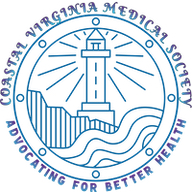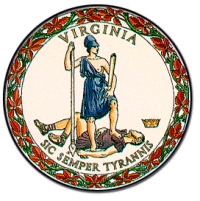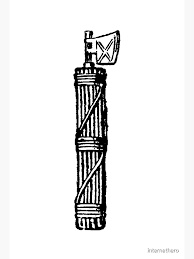And Surgeons
CVMS Position Paper: Price Transparency in Healthcare
Introduction
The United States has long grappled with the complexities and opacity of healthcare pricing. Patients often find themselves navigating a labyrinth of bills, insurance claims, and surprise charges, all while grappling with the anxiety of medical treatment. The call for greater price transparency in healthcare has grown louder in recent years, and it's not without reason. This paper demonstrates Coastal Virginia Medical Society's stand on the importance of price transparency in healthcare, its current state, the challenges it faces, and the potential benefits it holds for patients, providers, and the healthcare system as a whole.
The Current State of Healthcare Pricing
The cost of healthcare in the United States has been a subject of concern for decades. However, until recently, patients had little access to information regarding the actual costs of medical procedures, tests, and treatments. Healthcare prices are typically obscured behind layers of insurance negotiations, complex billing codes, and a general lack of transparency.
This lack of transparency has had several consequences:
- Surprise Bills: Patients often receive unexpected medical bills, sometimes totaling thousands of dollars, due to out-of-network providers or uncovered services.
- Limited Informed Decision-Making: Without price information, patients can't make informed decisions about their care, leading to unnecessary and costly procedures.
- Variation in Costs: The same procedure could have vastly different costs at different facilities, without any clear explanation for the discrepancies.
- High Healthcare Costs: Overall, the lack of transparency contributes to the rising cost of healthcare in the United States, making it a major financial burden for individuals and the government.
The Call for Price Transparency
Recognizing the need for change, policymakers and healthcare advocates have pushed for greater price transparency. Laws and regulations have been introduced to make healthcare pricing more accessible and understandable for patients. These efforts include:
- The Affordable Care Act (ACA): The ACA required hospitals to publish a list of their standard charges for services, though these lists are often incomprehensible to the average patient.
- Price Transparency Rules: The Centers for Medicare & Medicaid Services (CMS) have introduced rules requiring hospitals to disclose their negotiated rates with insurance companies and make them available to the public.
- State-Level Initiatives: Several states have implemented their own price transparency laws and regulations, aiming to shed light on healthcare costs.
Challenges to Achieving Price Transparency
While progress has been made, significant challenges remain on the path to achieving comprehensive price transparency in healthcare:
- Complexity of Healthcare Pricing: Healthcare services often involve multiple parties, including hospitals, physicians, insurance companies, and pharmaceutical manufacturers, making it difficult to present a clear and comprehensive picture of costs.
- Resistance from Industry Players: Some stakeholders in the healthcare industry, such as hospitals and insurance companies, have resisted efforts to disclose pricing information, citing concerns about competition and the complexity of their billing systems.
- Information Overload: Simply providing a list of prices may not be enough; patients need user-friendly tools and resources to understand the costs and make informed decisions.
The Benefits of Price Transparency
Despite these challenges, achieving price transparency in healthcare is essential for several reasons:
- Informed Decision-Making: Price transparency empowers patients to make informed choices about their healthcare, allowing them to select high-quality, cost-effective providers.
- Cost Savings: When patients can compare prices and quality, it creates competition among providers, which can lead to lower costs and increased value in healthcare services.
- Reduced Surprise Bills: Clear pricing information can help patients avoid surprise medical bills, reducing financial stress and uncertainty.
- Improved Quality of Care: Providers striving to attract patients based on price and quality will be incentivized to improve their services, ultimately benefiting patient outcomes.
- Healthcare System Efficiency: Greater transparency can drive efficiency and reduce waste in the healthcare system, benefiting both patients and payers.
Conclusion
Price transparency in healthcare is a vital step towards a more equitable and efficient healthcare system. While challenges persist, ongoing efforts to provide patients with accessible and understandable pricing information are crucial for reducing costs, improving care quality, and empowering patients to make informed decisions about their health. Achieving true transparency will require continued collaboration between policymakers, healthcare providers, insurers, and patients to create a healthcare system that is both affordable and patient-centered.

Your first block of text...
Your second block of text...
Your Comments
Please add your comments or suggestions on any past or future events in the box below.
Newsletter
Stay up to date on issues and news you need to know. The CVMS Bulletin is published monthly and will list concerns that local physicians have expressed about healthcare in Coastal Virginia and how we can make it better. We will provide potential solutions and let you know what is happening behind the scenes to help solve these problems. Membership is not currently required to receive the newsletter.
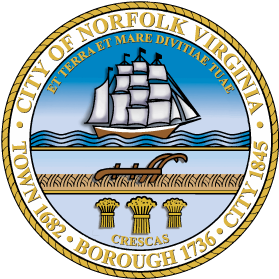

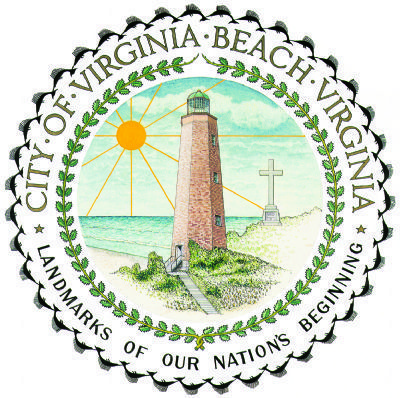
Recent Articles
-
CVMS-Bulletin-November-2025
Nov 28, 25 08:23 AM
CVMS Newsletter - Medical News and Commentary -
CVMS Membership Drive 2025
Oct 16, 25 10:53 AM
Information about the membership importance and benefits. -
Letter to Governor Youngkin re: COVID-19 Vaccine Recommendations
Oct 16, 25 10:45 AM
The Honorable Glenn Youngkin
Office of the Governor
P.O. Box 1475
Richmond, VA 23218
Dear Governor Youngkin,
On behalf of the Coastal Virginia Medical Society (CVMS), based in the Hampton Roads area of Sou…
Sign Up for the New CVMS Bulletin
Things You Need to Know
News Releases
from the
Virginia Beach Health Department
Norfolk Public Health Department
Chesapeake Health Department
The Roman Fasces was a symbol of strength and power occurring as a result of many binding together. It was made of multiple elm or birchwood rods about 5 feet long tied together and sometimes including an axe. It was carried by attendants to soldiers or powerful figures in ancient Rome. For us, it symbolizes that we are stronger and more powerful if we bind together in supporting our goals.
